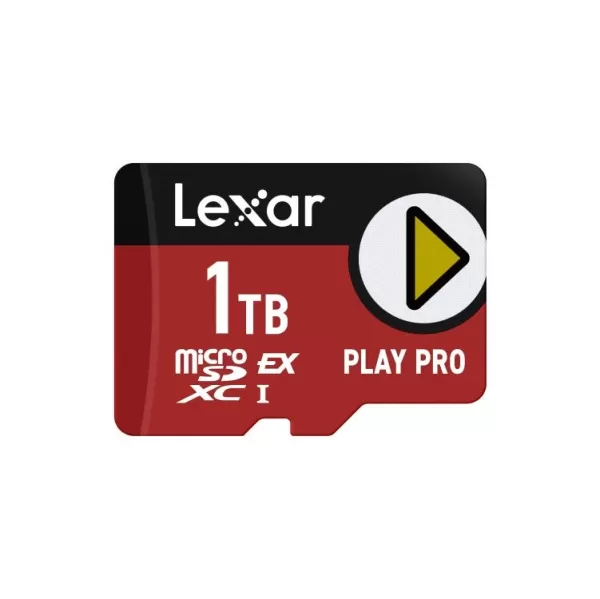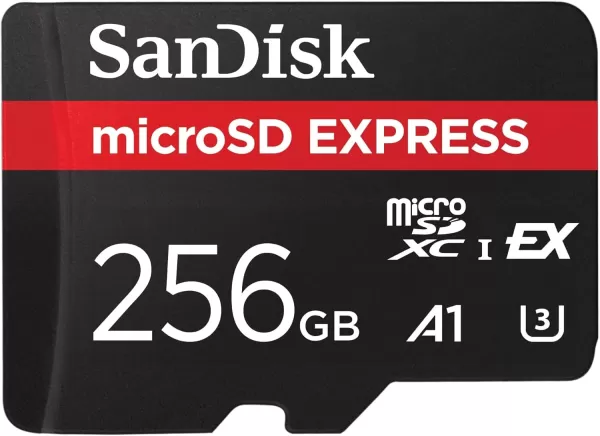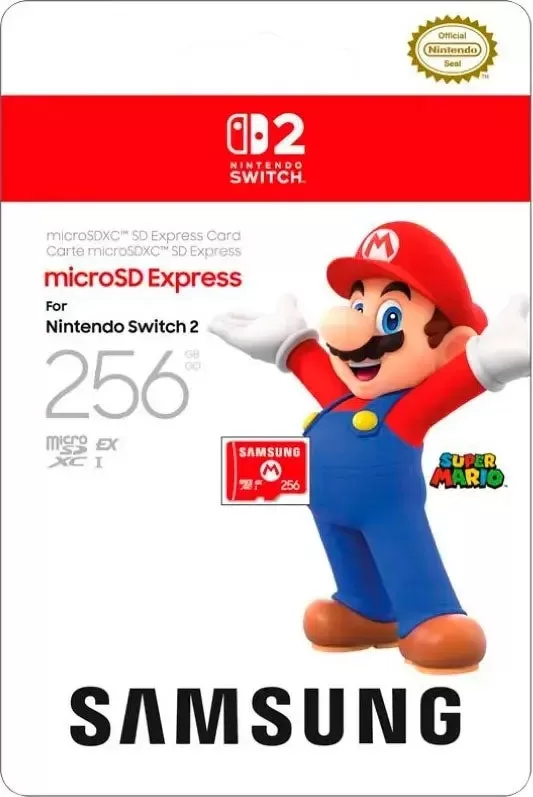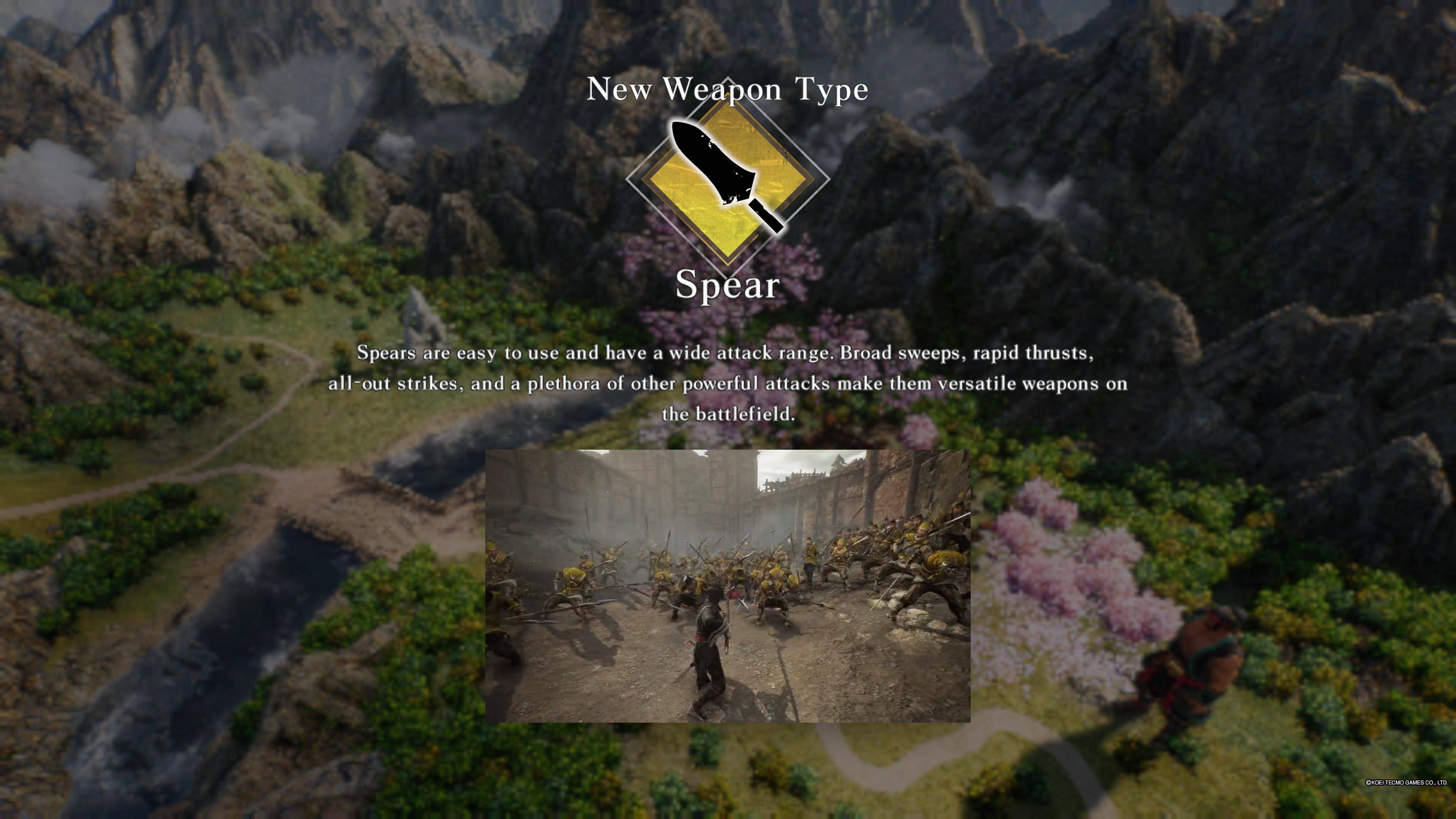The highly anticipated Nintendo Switch 2 is on the horizon, and with only 256GB of built-in storage, you'll want to consider expanding it if you're a gamer who loves to keep a variety of titles at your fingertips. Unlike its predecessor, the Nintendo Switch 2 requires a MicroSD Express card for additional storage. These cards are faster but also pricier than traditional UHS-based SD cards. While MicroSD Express cards have been available for some time, they haven't been widely adopted by creative professionals, leading to limited options on the market. However, with the imminent launch of the Switch 2, we can expect a surge in available MicroSD Express cards to meet the demand.
Please note that since the Nintendo Switch 2 isn't out yet, I haven't had the chance to test any of these cards. However, the brands we're discussing have a solid reputation for producing high-quality storage solutions.
Why MicroSD Express?
The Nintendo Switch 2's decision to mandate MicroSD Express cards for storage expansion might seem puzzling at first. Nintendo hasn't fully disclosed their reasoning, but it's clear they're aiming for improved performance. The internal storage of the Switch 2 utilizes UFS flash, akin to what's found in modern smartphones, offering much faster speeds than the eMMC used in the original Switch. By requiring MicroSD Express cards, Nintendo ensures that the performance remains consistent whether games are stored internally or on an expansion card.
Unfortunately, standard MicroSD cards won't cut it for game storage on the Switch 2. They can only be used for transferring screenshots and videos from your first-gen Switch. Unlike other consoles like the PS5, which allow last-gen games to be stored on slower external drives, the Switch 2 demands MicroSD Express cards for any storage expansion.
1. Lexar Play Pro
The Best MicroSD Express Card

Lexar Play Pro
See it at B&H Photo and Video
PROS:
- 1TB option
- Fastest MicroSD Express card right now
CONS:
- The priciest option right now
Out of the available MicroSD Express cards, the Lexar Play Pro stands out with its speed and capacity. It supports read speeds up to 900MB/s and can store up to 1TB, making it the top choice currently. However, due to high demand spurred by the Switch 2, it's currently out of stock. Keep an eye on it, especially the 1TB version, as stock is expected to normalize soon. For now, you can place a backorder through Adorama, expected to be fulfilled by July.
2. SanDisk MicroSD Express
The MicroSD Express Card You Can Actually Buy Right Now

SanDisk MicroSD Express
See it at Amazon
PROS:
- You can easily buy it right now
- Reliable brand
CONS:
- Limited to 256GB of extra storage
SanDisk, a well-known name in SD cards, has entered the MicroSD Express market. While it doesn't have the flair of the Lexar Play Pro, and tops out at 256GB, it's still a solid option for doubling your Switch 2's storage. With read speeds up to 880MB/s, it's slightly slower but still plenty fast for gaming. The SanDisk MicroSD Express is readily available, making it an excellent choice if you want to secure storage without waiting. However, if you're willing to wait until the console's release, more options will become available.
3. Samsung MicroSD Express for Switch 2
The Official Option We Know Very Little About

Nintendo Samsung MicroSD Express
See it at Best Buy
PROS:
- Official Nintendo option
- Samsung makes good stuff
CONS:
- Little in the way of specs
Samsung's MicroSD Express card, set to be sold directly by Nintendo, adds an official touch to your storage expansion. Unfortunately, details on its performance and available capacities are scarce. Knowing it's backed by Nintendo and Samsung might provide some reassurance, despite the lack of concrete specifications. I've reached out to Samsung for more information and will update this article once I have it.
MicroSD Express FAQ
How fast is MicroSD Express?
MicroSD Express cards are significantly faster than traditional SD cards, thanks to their use of PCI Express 3.1, the same interface used by SSDs in PCs. While full-sized SD Express cards can reach read speeds up to 3,940MB/s, MicroSD Express cards top out at 985MB/s. This is still much faster than the older MicroSD cards used by the original Nintendo Switch.
How long will a MicroSD Express card last?
Like any SD card, MicroSD Express cards aren't designed for long-term data storage and have a limited lifespan. Depending on usage and environmental conditions, they might last between 5-10 years. Always ensure important data is backed up regularly.




 LATEST ARTICLES
LATEST ARTICLES 











